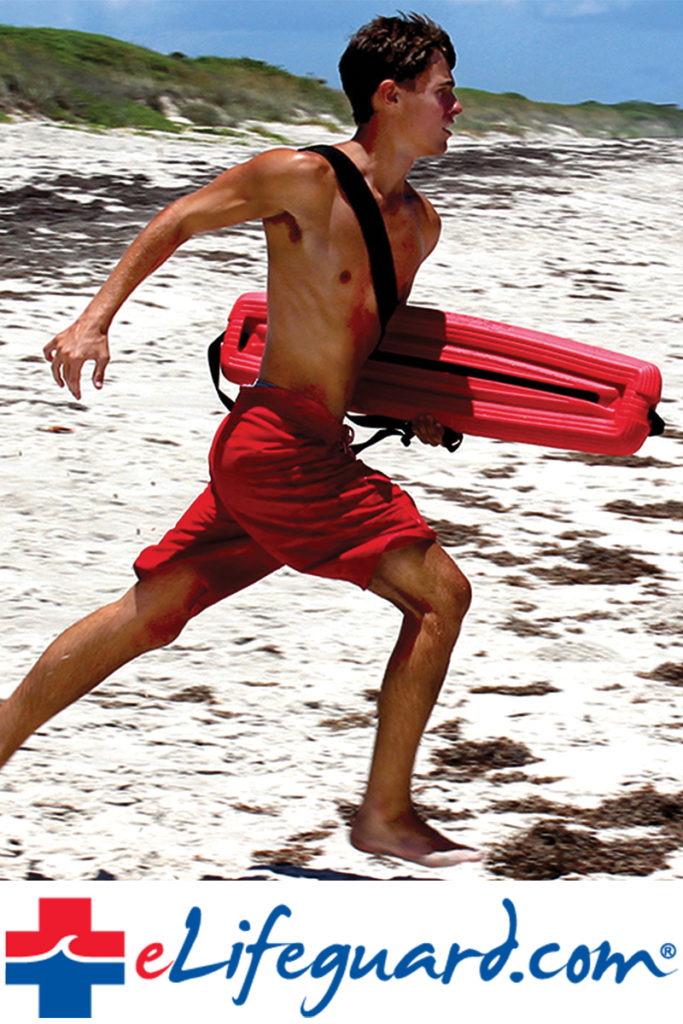What Are Rip Currents Exactly?
The summer days have fallen behind us, but the beach is here year-round. Hot or cold, rain or shine, the ocean is always inviting, so if you decide to take a dip in the water, make sure you’re completely educated on rip currents and how to deal with them.
What are Rip Currents?
A rip current is a strong, powerful current that moves away from the shore. Its strength is enough to sweep swimmers out from under and bring them along on the ride. It’s not a fun ride, though. In fact, it’s a ride that you don’t want to test out. On average, rip currents cause 46 deaths in the United States annually. Some years are higher than others—in 2013, 64 Americans died from rip currents alone. That’s a staggering statistic. 
How to Avoid Rip Currents
The golden rule is to stay close enough to shore that you’re out of the rip current zone. That’s easier said than done, though. If you’re a surfer, you know you’ll be making trips farther into the depths of the sea, and if you like to swim, you probably will too. When you are going out into the deeper water—where rip currents are strongest and you can’t touch the ground with your feet—you should be able to recognize a rip current.
Recognize It
As soon as you feel a strong pull that feels inescapable, take note of it. It is probably a rip current. Stay calm and queue up your survival mode.
Go With It
As it begins to pull you, don’t resist it. Resisting the rip current will not benefit you because it is so much stronger than you are. People who resist it end up in tricky situations because the struggle ends up draining their energy.
Swim Parallel
Most rip currents are fairly narrow, spanning between 10-20 feet on average. While it pulls you, swim parallel to the shore. It doesn’t matter which direction you choose, left or right, as long as you are swimming parallel to the shore.
Call For Help
Some rip currents are wider and stronger than others. If you’ve faced one of those, let it take you and call for help.  A lifeguard will recognize you waving your hands and yelling for help, and they’ll be able to take care of you.
A lifeguard will recognize you waving your hands and yelling for help, and they’ll be able to take care of you.
Rip currents are the intangible monsters of the sea. It’s hard to picture the damage they can do, but as soon as you feel it, you’ll understand the magnitude of a rip current. Stay calm, do what you know to do, and call for help if the tide gets too strong.
To be sure that you are not missing out on any of our lifeguard videos & stories, please subscribe to our newsletter here.
For videos, articles, & events about lifeguarding related industry topics, visit www.lifeguardtv.com





